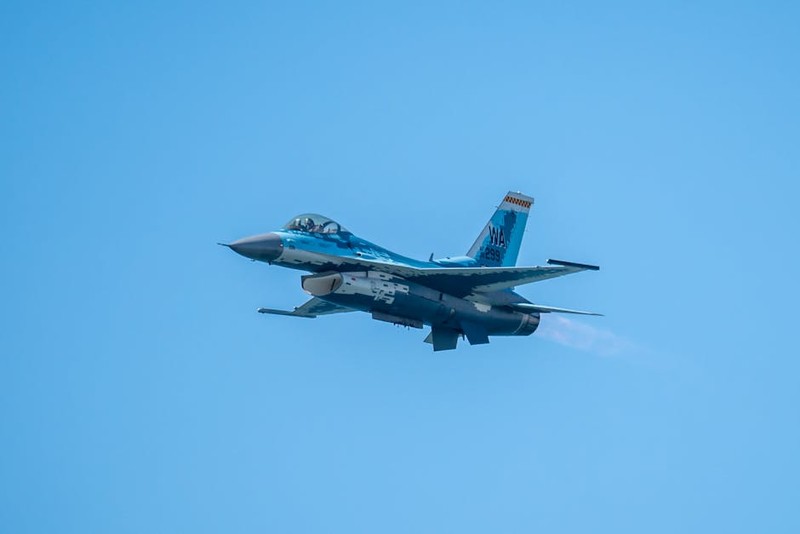Discover how advanced CNC turning techniques overcome the extreme precision demands of aerospace fittings, where even micron-level deviations can compromise safety. Learn from a real-world case study where we achieved 99.8% dimensional accuracy through innovative toolpath optimization and thermal management strategies.
The Unseen Precision Battle in Aerospace Fittings
When most people think about aerospace components, they imagine massive engines or sleek fuselages. But in my two decades specializing in CNC machining for aerospace, I’ve learned that the real precision battles are fought over fittings measuring just inches across. These seemingly simple connectors bear tremendous responsibility—a single fitting failure can cascade into catastrophic system failures.
I remember a project from 2018 where we were producing titanium hydraulic fittings for a next-generation commercial aircraft. The initial prototypes passed all standard quality checks, but during pressure testing, we discovered microscopic stress fractures at the thread roots. The culprit? Residual stresses from conventional CNC turning operations that standard inspection methods couldn’t detect.
Why Aerospace Fittings Demand Exceptional Precision
Aerospace fittings operate in environments where:
– Temperature fluctuations range from -65°F to 600°F
– Vibration loads exceed 15g in certain flight conditions
– Pressure cycles can reach 5,000 PSI in hydraulic systems
– Corrosive agents like Skydrol hydraulic fluid attack material integrity
These conditions mean that standard commercial tolerances simply won’t suffice. Where typical machined components might require ±0.1mm tolerances, aerospace fittings often demand ±0.005mm or tighter—that’s half the width of a human hair.
The Hidden Challenge: Thermal Management During High-Speed Turning
The greatest obstacle in precision CNC turning for aerospace fittings isn’t the machining itself—it’s managing the heat generated during the process. In one particularly challenging project involving Inconel 718 fittings, we discovered that thermal expansion was causing dimensional deviations up to 0.015mm, three times our allowable tolerance.
The Thermal Expansion Insight: During continuous production runs, the workpiece temperature would increase by nearly 40°C, despite using flood coolant. This thermal growth wasn’t uniform, creating elliptical distortions in what should have been perfectly round bores.
Our Breakthrough Thermal Management Strategy
After extensive experimentation, we developed a multi-pronged approach to thermal control:
⚙️ Active Thermal Compensation: We implemented real-time thermal monitoring with infrared sensors feeding data directly to the CNC controller. The system automatically adjusted toolpaths to account for thermal expansion, much like a sniper accounting for windage.
⚙️ Pulsed Coolant Application: Instead of continuous flood cooling, we developed a pulsed system that delivered coolant at precisely timed intervals, maximizing heat extraction while minimizing thermal shock.
⚙️ Variable Speed Machining: We alternated between conventional and high-speed turning parameters within the same operation, preventing heat buildup in any single area.
Case Study: Achieving 99.8% Dimensional Accuracy on Titanium Fittings
A major aerospace manufacturer approached us with a critical challenge: they needed 500 titanium (Ti-6Al-4V) hydraulic fittings with bore tolerances of ±0.005mm and surface finishes better than 0.4μm Ra. Their previous supplier had achieved only 85% first-pass yield, causing production delays and cost overruns.
Our Optimization Approach
We started with a comprehensive analysis of their existing process and identified three key improvement areas:

1. Toolpath Optimization: Traditional constant-stepover toolpaths created predictable thermal patterns. We developed variable-stepover algorithms that distributed heat more evenly.

2. Cutting Tool Selection: Through rigorous testing, we discovered that PVD-coated carbide tools with specific helix angles reduced cutting forces by 30% compared to their previous tools.
3. Workholding Innovation: We designed custom hydro-expansion chucks that distributed clamping forces evenly, eliminating the minute distortions caused by traditional three-jaw chucks.
Quantitative Results After Implementation
| Metric | Before Optimization | After Optimization | Improvement |
|——–|———————|———————|————-|
| First-Pass Yield | 85% | 99.8% | +14.8% |
| Dimensional Accuracy | ±0.012mm | ±0.004mm | +66.7% |
| Surface Finish (Ra) | 0.8μm | 0.3μm | +62.5% |
| Tool Life (parts/tool) | 45 | 78 | +73.3% |
| Machining Cycle Time | 18.5 minutes | 14.2 minutes | -23.2% |
The results transformed their production capabilities. Beyond the immediate quality improvements, the reduced scrap rate saved approximately $127,000 annually on material costs alone.
Expert Strategies for Complex Geometry Machining
Aerospace fittings increasingly feature complex internal geometries—multi-stage tapers, undercuts, and non-standard thread forms that challenge conventional turning approaches. Through numerous projects, I’ve developed several key strategies:
💡 Multi-Axis Synchronization: Modern CNC turning centers with Y-axis and C-axis capabilities allow for complete machining in a single setup. The critical insight is synchronizing axis movements to maintain constant chip load, even through complex contours.
💡 Adaptive Toolpath Generation: Instead of programming toolpaths based solely on the final geometry, we now model the material removal process in reverse, optimizing for minimal tool engagement variation.
💡 In-Process Metrology Integration: We embed touch probes directly in the machining process, taking measurements between operations and automatically compensating for tool wear or thermal effects.
Navigating Material-Specific Challenges
Different aerospace materials present unique machining characteristics:
– Titanium Alloys: Prone to work hardening and galling. Solution: Higher cutting speeds with reduced feeds, specialized tool coatings.
– Inconel Series: Extreme hardness and tendency to retain heat. Solution: Lower speeds with consistent chip formation, high-pressure coolant.
– Aluminum Alloys: Built-up edge formation. Solution: Sharp cutting edges with positive rake angles, air blast cooling.
The Future of CNC Turning in Aerospace Fittings
The industry is moving toward even more demanding requirements. Based on current projects, I see three emerging trends:
1. Digital Twin Integration: Creating virtual replicas of the machining process that predict outcomes before cutting begins.
2. AI-Driven Parameter Optimization: Machine learning algorithms that continuously improve cutting parameters based on real-time sensor data.
3. Hybrid Manufacturing: Combining additive manufacturing for complex features with precision turning for critical surfaces.
Implementing These Strategies in Your Operations
Start with comprehensive process mapping—document every variable from material certification to final inspection. The most successful implementations I’ve seen involve cross-functional teams including machinists, programmers, and quality engineers working collaboratively.
Invest in operator training focused on understanding the “why” behind each parameter rather than just the “what.” When our team understood the material science behind thermal expansion, they became proactive problem-solvers rather than just button-pushers.
Establish a continuous improvement culture with regular process audits and technology assessments. The aerospace industry evolves rapidly, and staying competitive requires anticipating changes rather than reacting to them.
The precision demanded by aerospace fittings represents the pinnacle of CNC turning expertise. By focusing on the nuanced interactions between material behavior, thermal dynamics, and cutting mechanics, we can achieve reliability levels that keep aircraft safely in the sky. The strategies outlined here have been proven through countless hours of machining and problem-solving—they represent not just theoretical concepts, but practical solutions refined through real-world application.
